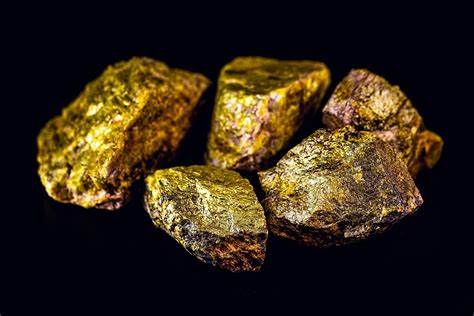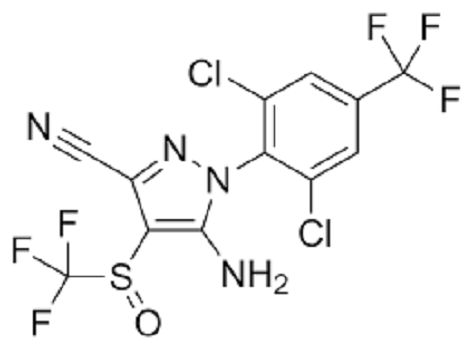Is one gram of uranium really equivalent to 20 billion calories?
Feb 28,2024
When discussing the energy potential of uranium, there's often confusion surrounding the conversion of its energy output into familiar units like calories. Let's delve into the details to unravel this complexity.

Firstly, it's essential to understand that uranium primarily exists in two isotopes: uranium-238 (U-238) and uranium-235 (U-235). The former comprises 99.3% of natural uranium, while the latter constitutes only 0.7%.
Uranium-238 undergoes alpha decay, releasing energy in the process. The energy released per decay event is approximately 4.267 million electron volts (MeV). When converted, this amounts to about 413 million calories (or 413,000 kilocalories) per gram of uranium-238 undergoing alpha decay. However, this falls significantly short of the claimed 20 billion calories.
Similarly, uranium-235 also undergoes alpha decay, albeit with a slightly higher energy release of about 4.679 MeV. Again, the energy yield from alpha decay is insufficient to reach the stated figure of 20 billion calories per gram.
The key to unlocking uranium's immense energy potential lies in nuclear fission, a process where atomic nuclei split into smaller fragments, releasing large amounts of energy. Uranium-235 is the only naturally occurring isotope that is fissile, meaning it can sustain a fission chain reaction.
During nuclear fission, each uranium-235 nucleus can release approximately 202.5 MeV of energy. This translates to roughly 20 billion calories (or 20 million kilocalories) per gram of uranium-235 undergoing complete fission. However, achieving a sustained fission chain reaction requires a critical mass of uranium-235, far greater than just a single gram.
Therefore, claiming that a gram of uranium contains 20 billion calories is misleading for several reasons. Firstly, the unit of measurement is in calories rather than the more commonly used Calories (kilocalories). Secondly, it assumes complete fission of uranium-235, which necessitates specific conditions and quantities of material not typically encountered outside of controlled nuclear reactions.
Moreover, equating nuclear energy to dietary calories is inappropriate, as our bodies lack the mechanisms to harness nuclear energy for metabolism. Nuclear energy plays a crucial role in power generation and various industrial applications but remains distinct from the energy sources that fuel our bodies.
In conclusion, while uranium harbors tremendous energy potential, accurately quantifying its calorific value requires careful consideration of the isotopes present and the processes involved.
- Related articles
- Related Qustion
- Uranium: Chemical property and Minerals May 31, 2024
Uranium is the 51st element in order of abundance in the Earth’s crust. Uranium is also the highest-numbered element found naturally in significant quantities on Earth and is almost always combined with other elements.
Supplementation with pyridoxal 5'-phosphate monohydrate can synthesize neurotransmitters such as dopamine and serotonin, maintaining a healthy nervous system.....
Nov 4,2025Biochemical EngineeringFipronil is a member of a new class of insecticides called phenylpyrazoles.....
Feb 28,2024Chemical pesticides ?URANIUM
7440-61-1You may like






